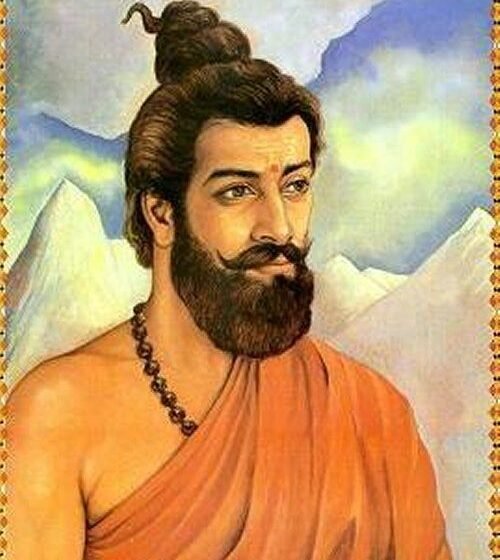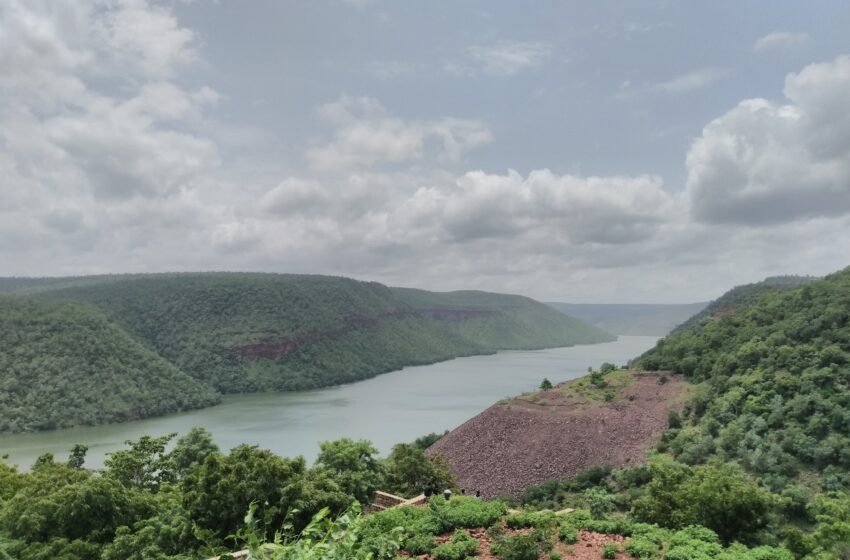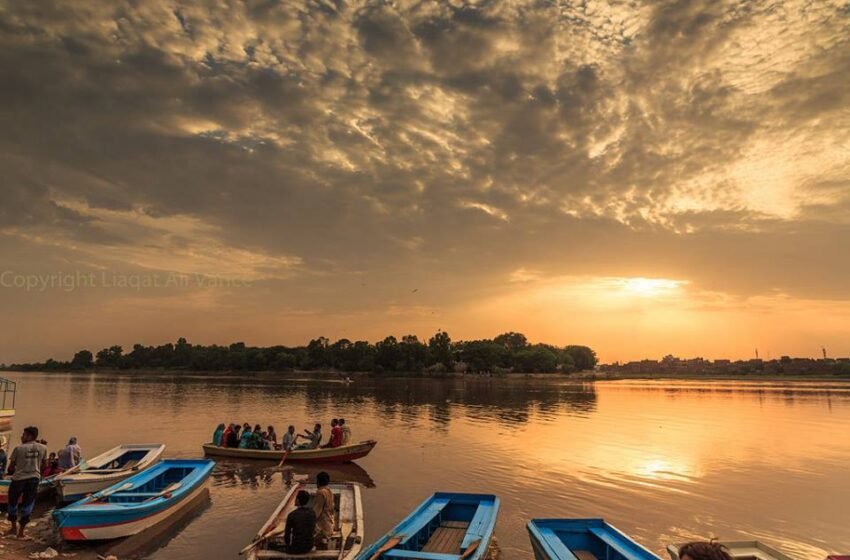Goddess Shitala is worshipped as the protector from contagious diseases in Hinduism. She is one of the most endorsed by Hindus in India. Her name, derived from “cool” or “calm,” is connected with relief from suffering due to infectious diseases such as smallpox and other fevers. Accordingly, she is worshipped by millions, especially in rural […]Read More
Tags : HISTORY
The Purva Mimansa also called Mimansa, is one of the six orthodox schools of Hindu philosophy. This school deals with the interpretation and understanding of rituals and rites prescribed in the Vedas. In contrast with the other philosophical systems of inquiry into metaphysical questions of soul, creation, and liberation, Mimansa provides an exposition of a […]Read More
Vaisheshika is one of the six traditional schools of Indian philosophy, focusing on metaphysics, logic, and epistemology. It introduces atomism, which posits that the universe consists of indivisible particles called atoms (paramāṇus) that combine to form various substances, governed by natural laws. This school emphasizes logical examination and classifies entities into specific categories. The term […]Read More
Samkhya, perhaps the most ancient school of Indian philosophy, serves as the cornerstone for many spiritual systems-including yoga. This dualistic philosophy divides reality into two basic aspects: Purusha, meaning “consciousness,” and Prakriti, meaning “matter” or “nature.” Samkhya defines Purusha as the passive, unchanging observer of nature, while it defines Prakriti as the moving, creative force […]Read More
The Vaigai River flows through Tamil Nadu, playing a crucial role in the history, culture, and spirituality of the region. Being the lifeline of Madurai, the river plays an important role in the ceremonies and celebrations of temples, especially Meenakshi Amman Temple. For centuries, the Vaigai supported the communities along its shores by providing water […]Read More
The Tapti River also known as Tapi; is one of the leading rivers of Central India. Though geographically and historically important, a river like this remains less renowned than some other famous rivers in the region, such as the Narmada or Godavari; hence, it has been named the “Forgotten River.” Consequently, passing through the states […]Read More
The Dakshin Ganga, or the Ganges of the South, is India’s second-longest river, after the Ganges. Stretching through the states of Maharashtra, Telangana, Andhra Pradesh, Chhattisgarh, and Odisha in approximately 1,465 km length, the river Godavari is crucial for the agricultural and economic growth of these states and holds deep cultural and religious significance, as […]Read More
Krishna is a prominent river in southern India, crossing the states of Maharashtra, Karnataka, Telangana, and Andhra Pradesh. The length of the river is about 1,288 kilometres, supporting irrigation, agriculture, and drinking water supplies in those areas. With massive irrigation support projects in place, it benefits millions of farmers and is an important factor in […]Read More
Ravi River’s Role in the Partition: A Silent Witness to
Ravi stands on its own in the history and geopolitics of South Asia. It has been a lifeline to communities in both India and Pakistan for centuries. Its identity is more specifically influenced by the fact of partition in India in 1947 and the subsequent Indus Water Treaty between India and Pakistan in 1960. While […]Read More
Being one of the major rivers, Mahanadi is a great source of agricultural and industrial importance in the states of Chhattisgarh and Odisha and it supports the living standard of millions of people. The river stretches 858 kilometres while linking extensive irrigation networks, power generation, and controlling floods. The fertile plains along its course support […]Read More









